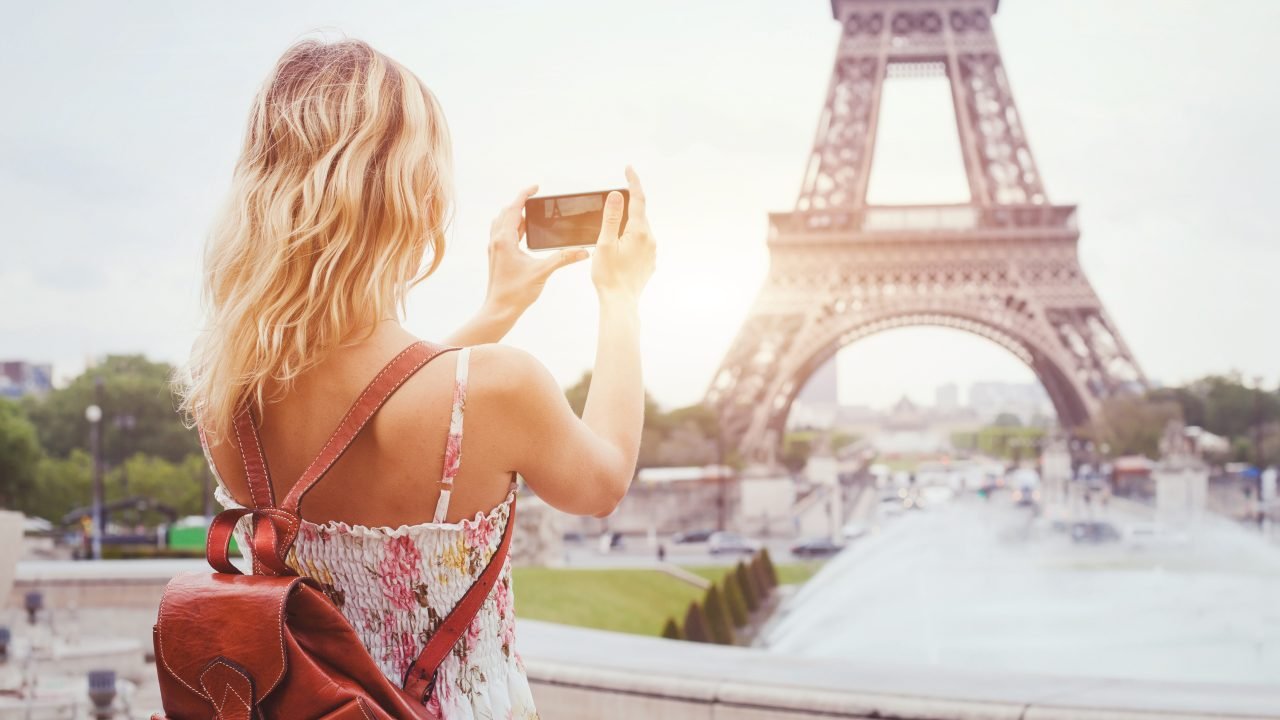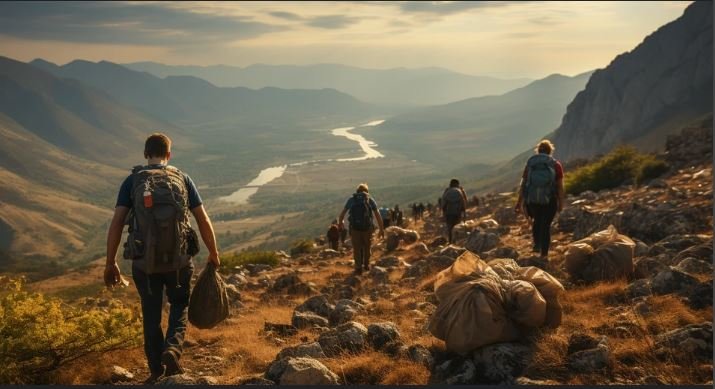Travel photography is about more than just taking pictures of beautiful places; it’s about capturing the essence of a location, the emotion of a moment, and the stories behind the scenes. Whether you’re an amateur photographer or a seasoned pro, improving your travel photography skills can help you create stunning images that truly reflect your experiences. This guide will provide you with practical tips to elevate your travel photography and ensure that your photos are as memorable as the trips themselves.
1. Choose the Right Gear
The key to successful travel photography starts with having the right equipment:
- Camera: While DSLRs and mirrorless cameras offer great quality and flexibility, modern smartphones can also capture impressive images. Choose a camera that suits your level of expertise and travel style.
- Lenses: A versatile zoom lens (e.g., 24-70mm) is great for capturing a variety of scenes. A wide-angle lens is perfect for landscapes, while a prime lens with a large aperture (e.g., 50mm f/1.8) is ideal for portraits and low-light situations.
- Accessories: Don’t forget extra batteries, memory cards, and a lightweight tripod. A polarizing filter can help reduce reflections and enhance colors, especially in outdoor settings.
2. Understand Lighting
Lighting is one of the most critical elements in photography:
- Golden Hour: The best times to shoot are during the golden hours—shortly after sunrise and before sunset. The soft, warm light during these times enhances colors and creates beautiful shadows.
- Blue Hour: The time just before sunrise or after sunset, known as the blue hour, offers a soft, diffused light that can create moody, atmospheric shots.
- Avoid Harsh Midday Sun: If you’re shooting in the middle of the day, look for shaded areas or use natural reflectors like walls or water to diffuse the light.
3. Master Composition Techniques
Good composition can turn an ordinary scene into an extraordinary photo:
- Rule of Thirds: Imagine dividing your frame into nine equal parts with two horizontal and two vertical lines. Place your subject along these lines or at their intersections to create a balanced and engaging composition.
- Leading Lines: Use natural lines, such as roads, rivers, or bridges, to guide the viewer’s eye through the image toward the subject.
- Framing: Incorporate natural frames like archways, windows, or trees to draw attention to your subject.
- Perspective: Experiment with different angles and perspectives. Shoot from high above, down low, or at eye level with your subject to add depth and interest to your photos.

4. Capture the Local Culture
Travel photography isn’t just about landscapes; it’s also about people and culture:
- Portraits: Capture candid shots of locals going about their daily lives, but always be respectful and ask for permission when needed. Close-up portraits with a blurred background (using a wide aperture) can highlight the person’s character and environment.
- Events and Festivals: Document local festivals, markets, and events. These are often rich in colors, emotions, and action, offering great opportunities for dynamic photography.
- Details: Don’t forget to capture the little details that tell a bigger story—like street signs, local crafts, or food. These shots can add context and texture to your travel album.
5. Edit Thoughtfully
Editing is an essential part of the photography process:
- Basic Adjustments: Start with basic adjustments like exposure, contrast, and color balance. Most editing software and apps, like Adobe Lightroom or VSCO, offer these tools.
- Enhancing Details: Use sharpening tools to bring out fine details, but avoid overdoing it. Play with highlights and shadows to add depth and mood to your photos.
- Consistency: Maintain a consistent style across your photos by applying similar edits. This will give your travel photography a cohesive look and feel.
6. Practice Patience and Observation
Great travel photography often requires patience:
- Wait for the Perfect Moment: Whether it’s waiting for the right light, the perfect expression, or a moment of action, being patient can lead to more powerful and compelling images.
- Observe Before Shooting: Spend time observing your surroundings before taking out your camera. Look for interesting interactions, movements, and compositions that may not be immediately obvious.
Conclusion
Travel photography is an art that combines technical skill, creativity, and a deep appreciation for the world around you. By choosing the right gear, understanding light, mastering composition, and capturing the essence of the local culture, you can create stunning images that not only document your travels but also tell a story. Remember, the best photos are often those that evoke emotion and connect with the viewer, so take your time and enjoy the process of capturing your journey.




